How to Effectively Communicate With Your Patients

Effective communication between patients and staff is a vital element to any successful dental practice. Improving communications systems and protocols can lead to higher patient satisfaction, more successful dental treatment and greater profits.
From simplifying appointment confirmation to proper explanation of the benefits of elective procedures and following up on no-shows, some easy-to-implement communications solutions can make a real difference.
First Impressions
In today’s fast-paced world, the message you send with your website is more important than ever. While referrals and word-of-mouth still dominate the list of drivers of new patients, you can be sure that most prospective patient will check the Internet before calling to make an appointment.
Take the time to ensure that the content published on your website is a true reflection of who you are as a practice. Remember that your website is not just a sales pitch, it’s your initial communication with new patients.
An informative website can save you and your staff time by allowing current patients to to get questions answered online instead of over the phone.
Automation software
Upgrading to a patient communication system allows you to set reminders ahead of time which will automatically be sent via text. Patients are busy, so they appreciate the ability to respond quickly and easily with their smartphone.
Patients can also notify you at the touch of a button if they’re running late or need to cancel. The same software also streamlines the process of filling last-minute openings in your schedule, alerting patients waiting to get in if and when a time slot is available.
Following up on no-shows is a breeze. The software automatically notifies you when patients are overdue for annual checkups or other procedures they had expressed interest in having done but never scheduled.
Chairside communication
Informing patients of difficult situations related to their oral health can be challenging. Dealing with the personal side of patient care is something that is learned over time.
Here’s a 4-pronged approach to communication during a consultation:
- Explain problems in clear and simple terms.
- Inform the patient of how these issues came to be.
- Lay out treatment options and recommendations.
- Provide an explanation of the consequences should treatment be delayed or ignored.
While hands-on capabilities are imperative, success as a dentist is greatly influenced by your ability to be a people person and an effective communicator.
Share your expert knowledge and opinions but communicate in such a way that patients feel in control of managing their own oral health wants and needs.






